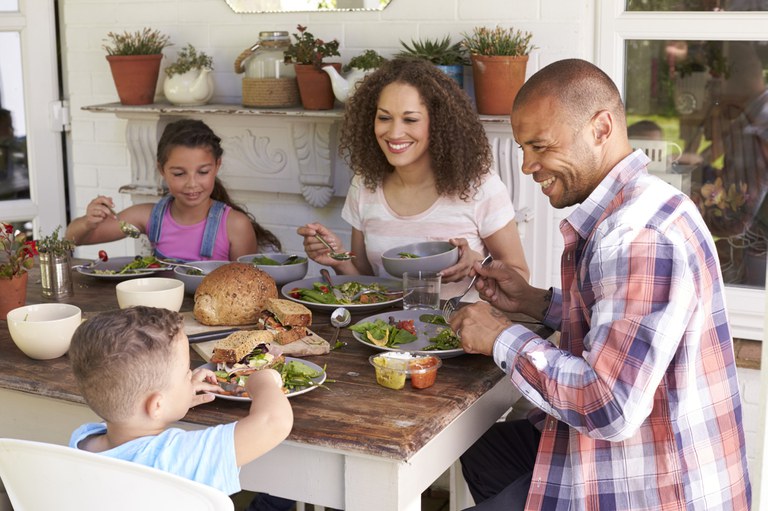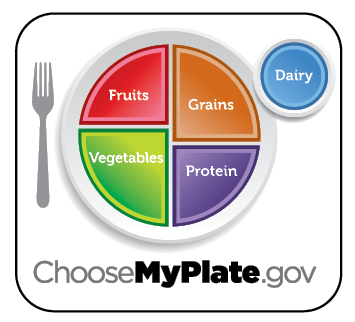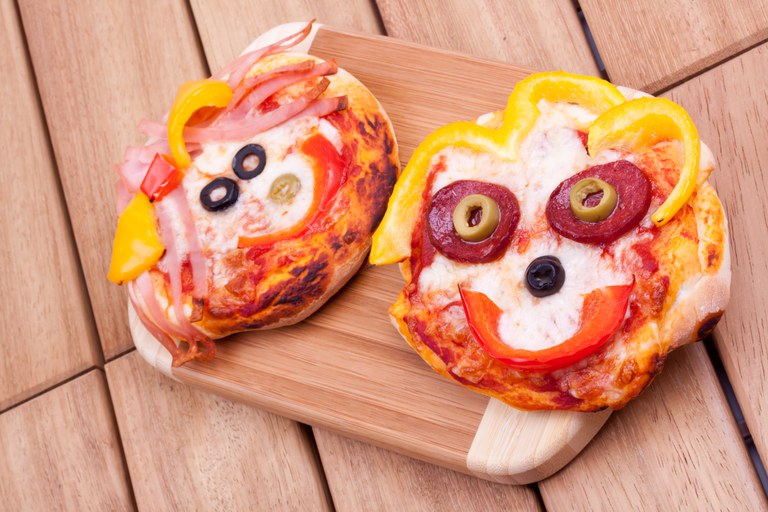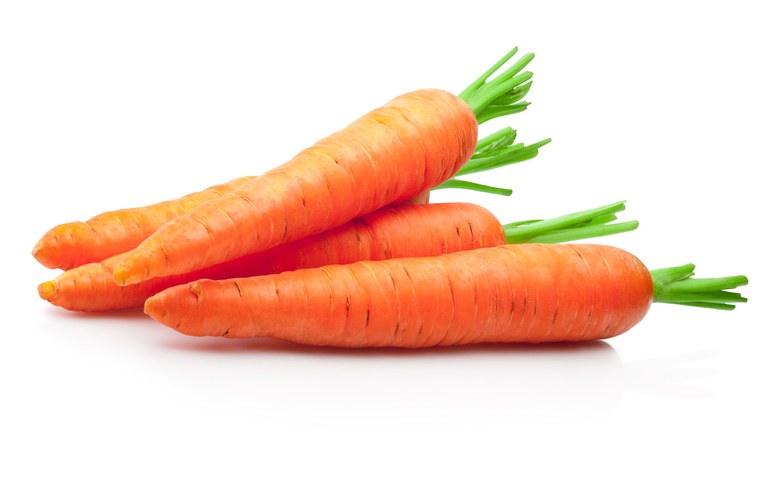Title
Now You're Cookin': More Whole Grains!
(FN695, Reviewed August 2021)File
Publication File:
Now You're Cookin'! More Whole Grains
Summary
Children who eat more often with their families eat a healthier diet, including more grains, fruits, vegetables and other nutritious foods.
Availability
Availability:
Web only




